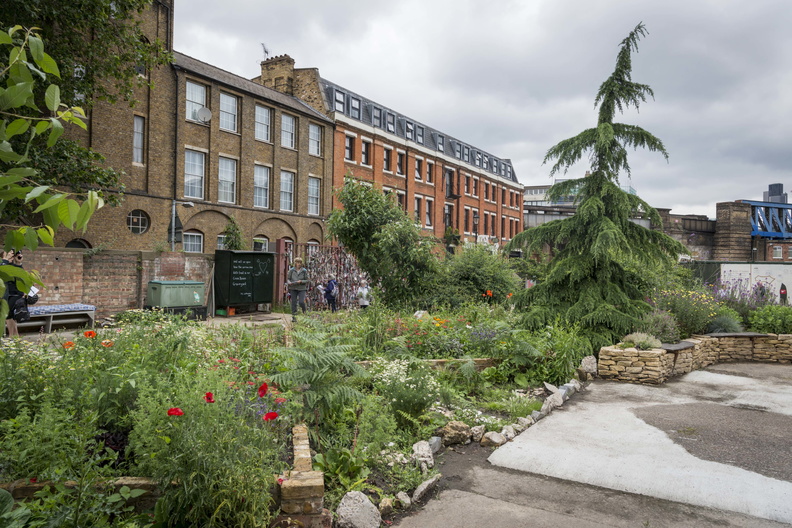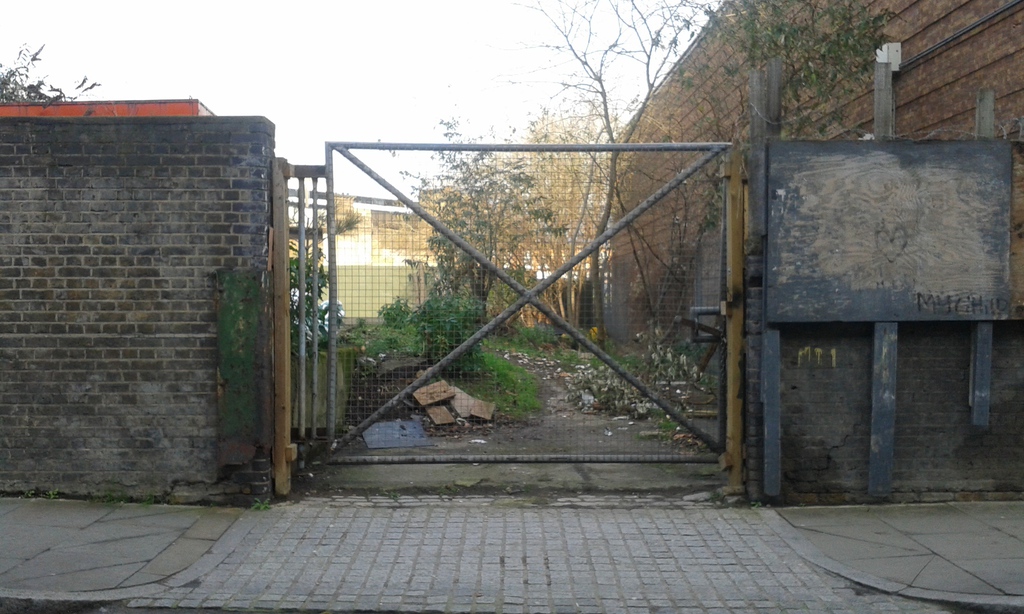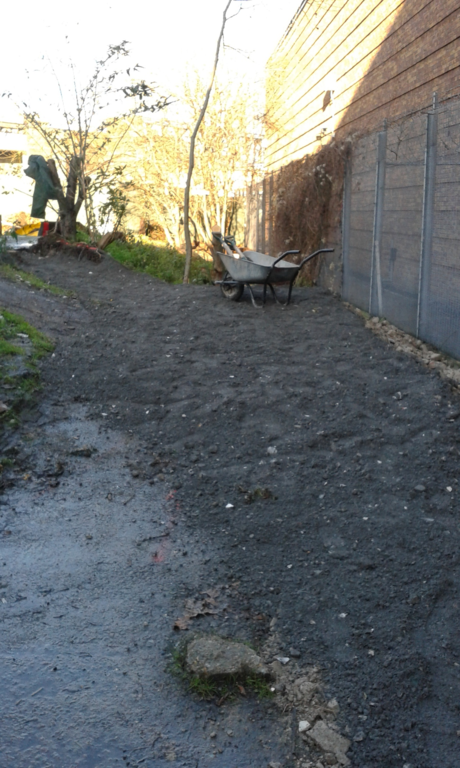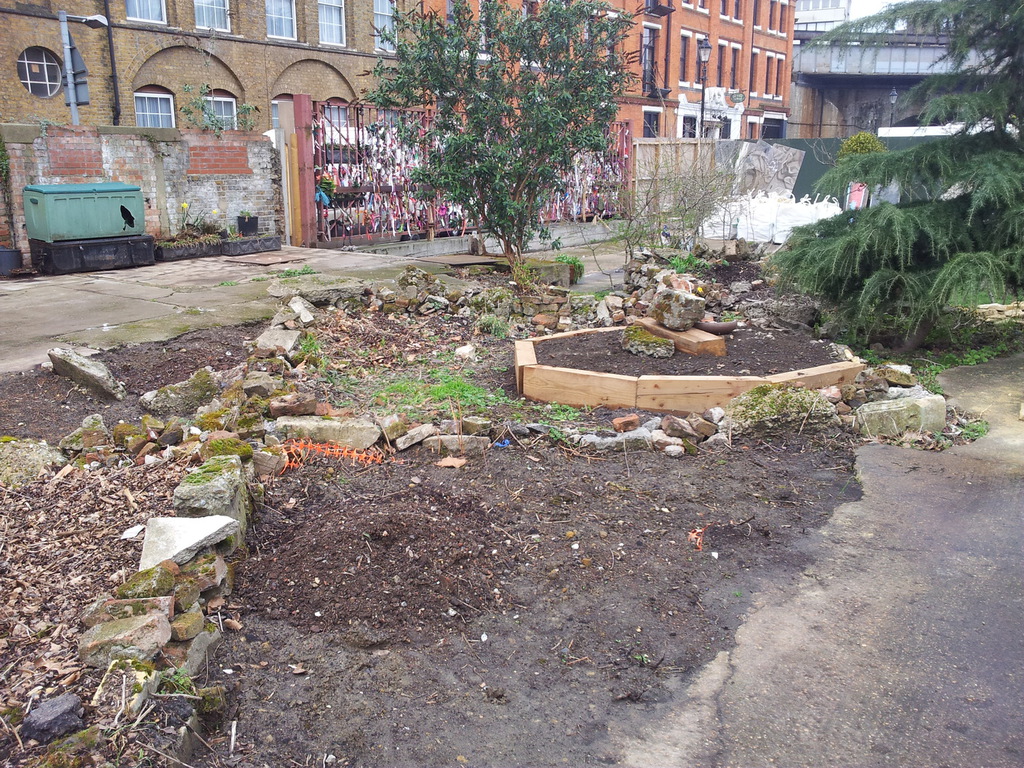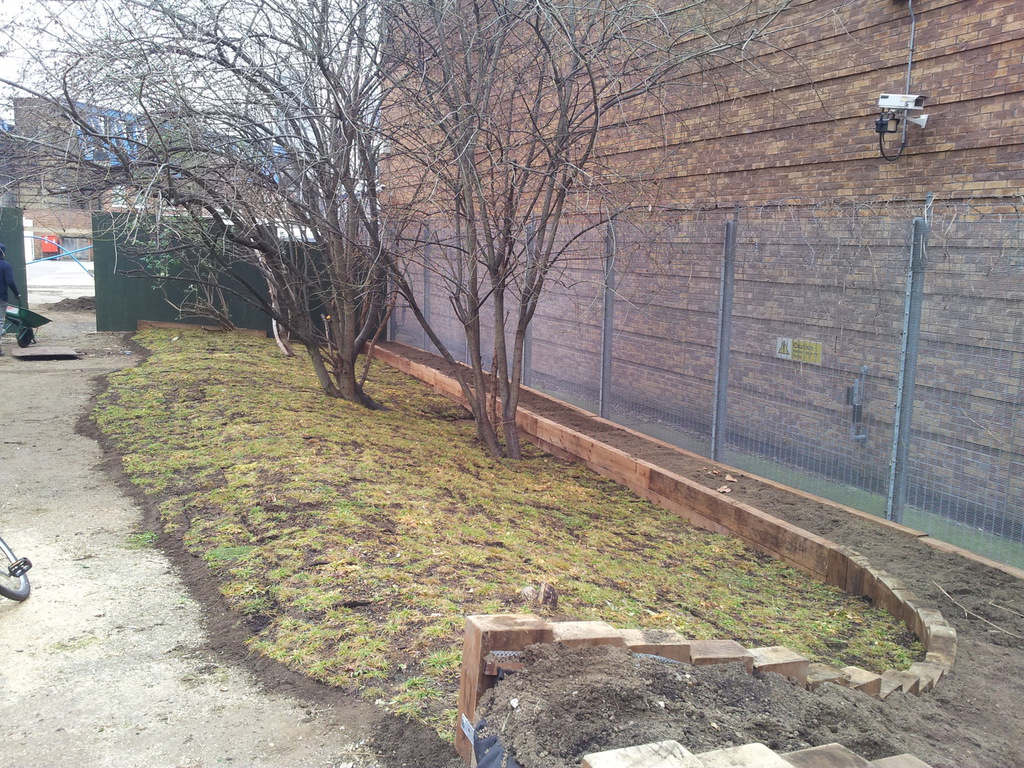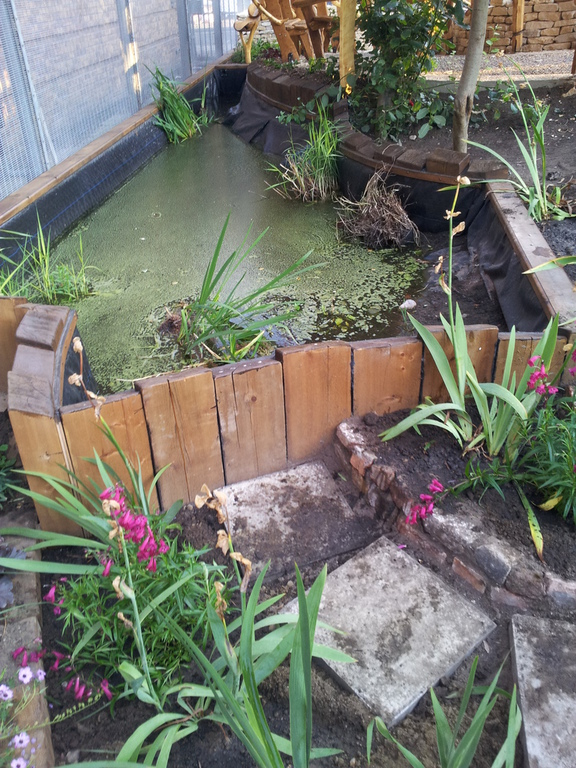Also known as Crossbones Memorial Garden, it is a former medieval burial ground; an estimated 15,000 paupers are buried here, many of whom were sex workers and children. 1598, John Stow mentions a ‘Single woman’s churchyard’ that many believe was Crossbones. These single women (in modern times known as prostitutes) worked under licence from the Bishop of Winchester and were therefore known as the ‘Winchester Geese’. They were denied a Christian burial and were instead buried in unmarked graves at Crossbones. The site was officially closed in 1853 after becoming ‘overcharged with dead’. The site was let out for various uses, such as a fairground and a warehouse and storage, before eventually being bought by Transport for London to build the Jubilee Line extension.
In 2004, following almost 10 years of sharing the history of the Garden through his ‘Southwark Mysteries’ work, John Constable and partner Katy Nicholls established the Friends of Crossbones, a group dedicated to protecting the Graveyard from development. In 2014, the Friends group approached Bankside Open Spaces Trust (BOST) for support, and BOST negotiated a short lease with Transport for London.
The site now forms part of a larger parcel of development land known as Landmark Court, for which TfL, as part of a joint venture, applied for planning in 2019. The planning application is for a mixed-use development on the northern part of the site and for Crossbones Graveyard to become a public open space.
Land Inspire has been instrumental in managing the Graveyard project in collaboration with BOST. This includes creating a grassroots-led design for the garden, securing funding, pro bono contractor support, and donations, creating a management plan, and resourcing and supervising a volunteer gardening group. Land Inspire continues to support the garden’s steering group and help negotiate a long-term lease between BOST and TfL.
More information about the history and cultural significance of Crossbones here.
Working on a burial ground
The first task was to attend to the human remains exposed on the surface. When the Graveyard was closed to further burials in the 1850s, the Victorians attempted to cap the shallow burials by pouring lime mortar over the surface. Since many of the remains were exposed to the surface at the time, they ended up being encased in the mortar. The archaeological dig during the 1990s, followed by various activities on site, uncovered many of these remains. Hen Land Inspire's client, Bankside Open Spaces Trust, took an interim lease of the site in 2014; we applied for a burial licence from the Ministry of Justice to rebury the bones on site. He followed the Code of Conduct by the British Association of Biological Anthropology and Osteoarchaeology. His 'reburial' day was emotionally charged, and many Friends of Crossbones and residents were in attendance. Another Christopher Pearson from the Catholic Church, the Most Precious Blood on Redcross Wa, blessed the bones as they were reburied to hers following different religions or none at all, burned incense and made offerings.
To help prevent the shallow burials from being disturbed again, we introduced a 'buffer layer', taking advice from Southwark Council's environmental health team. After the reburials, we covered the surface with orange plastic netting, a 15cm layer of 20mm gravel, another layer of netting, and imported topsoil. This would ensure that any gardeners or contractors working on site would first reach the orange netting and gravel if digging beyond the topsoil depth and would know to cease digging at that depth. A management plan was drawn up for the site, which will be shared with all users and contractors to minimise the risk of disturbance to human remains.
Much of this work was done out of respect for the dead; Friends of Crossbones and other supporters felt that the burials had already been unnecessarily and disrespectfully disturbed. However, the environmental health team also requested the introduction of the buffer layer from a disease-prevention perspective. The archaeological dig revealed that many remains were well preserved, a harrowing experience for professionals at the time. The concern was that any fluids trapped within the remains might harbour diseases. Furthermore, a soil anal sis revealed high concentrations of heavy metals (e.g. mercury) and asbestos; the buffer layer helps cap these within the burial soil layer and prevents exposure to the living.

